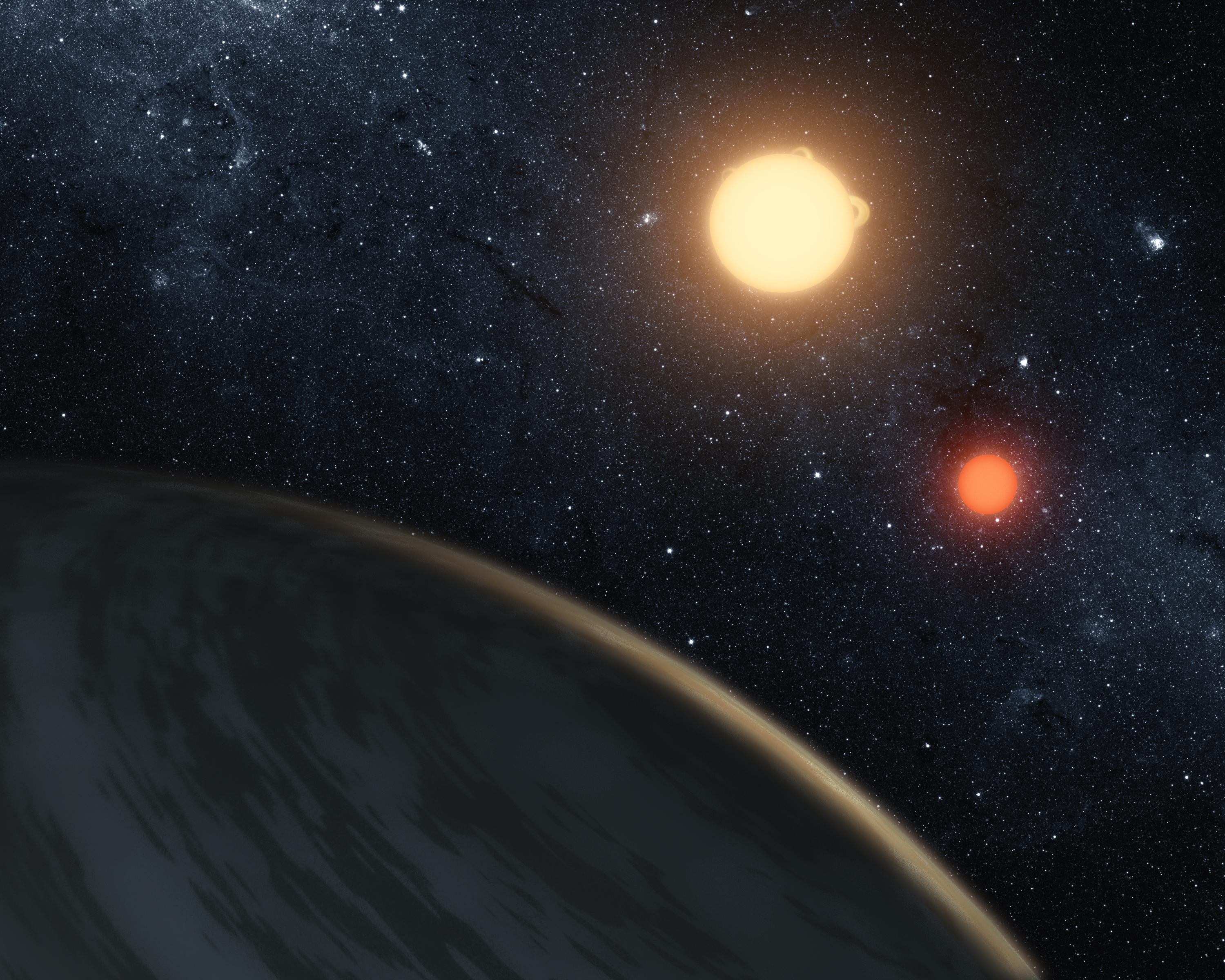Scientists discover why Universe has very few planets double Earth’s size
Study reveals how large gas-shrouded planets could shrink over billions of years, leaking away their atmosphere

Shrinking of large planets over billions of years likely explains the years-long mystery behind why there is a scarcity of planets close to double the Earth’s size in the Universe, say scientists in a new study.
According to the researchers, including those from Flatiron Institute in the US, while planet-hunting missions have discovered thousands of worlds orbiting distant stars, the number of such exoplanets measuring between 1.5 and two times Earth’s radius is very rare.
In the study, published in The Astronomical Journal, the scientists say this ‘radius-gap’ – first discovered in 2017 – could be due to a process where large gas-shrouded planets called mini-Neptunes shrink over billions of years as their atmospheres leak away.
As these mini-Neptunes lose their gas, they “jump” the planet radius gap and become super-Earths, larger than our planet, the researchers explained.
In the study, the scientists sorted exoplanets spotted by the Kepler space telescope into two categories – young and old – and reassessed the radius gap.
In the younger set they found that the least common planet radii were smaller on average than those from the older set, while the rarest size for younger planets was about 1.6 times Earth’s radius, it’s about 1.8 times Earth’s radius at older ages.
In other words, they found that the radius gap among exoplanets was emptier than previously thought.
Based on the results, the scientists theorised that mini-Neptunes may likely shrink drastically over billions of years with their gas layers leaking away, leaving behind only a solid core.
The researchers believe this radius gap is the chasm between the largest-size super-Earths and the smallest-size mini-Neptunes that can still retain their atmospheres.
They said the process takes longer for larger mini-Neptunes — which become the largest super-Earths — but may not impact the largest gas planets whose gravity is strong enough to hold onto their atmospheres.
Earlier studies had theorised that the size of planets were generally imprinted at birth depending on how much gas there was nearby at the time of their formation to puff up their size.
Another theory had proposed that collisions with space rocks could have blasted away the thick atmosphere, preventing tinier planets from accumulating lots of gas – a mechanism that would take about 10 million to 100 million years.
With the current findings, the scientists are confident that the process usually takes billions of years, suggesting that the shrinking isn’t due to planetary collisions or an inherent trait of planetary formation.
“The overarching point is that planets are not the static spheres of rocks and gas we sometimes tend to think of them as. Some of these planets were 10 times larger at the starts of their lives,” Trevor David, study co-author and a research fellow at the Flatiron Institute, said in a statement.
Subscribe to Independent Premium to bookmark this article
Want to bookmark your favourite articles and stories to read or reference later? Start your Independent Premium subscription today.

Join our commenting forum
Join thought-provoking conversations, follow other Independent readers and see their replies